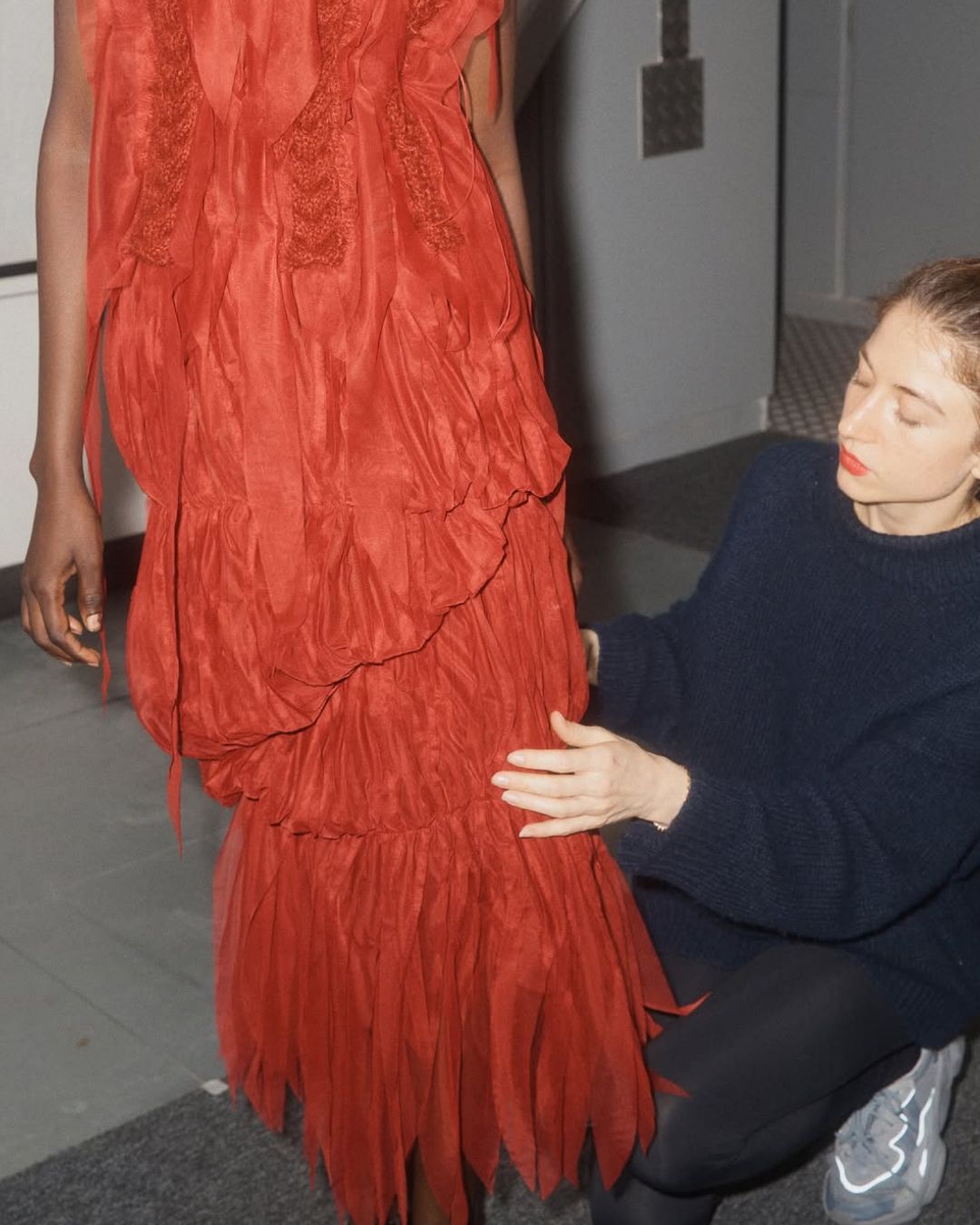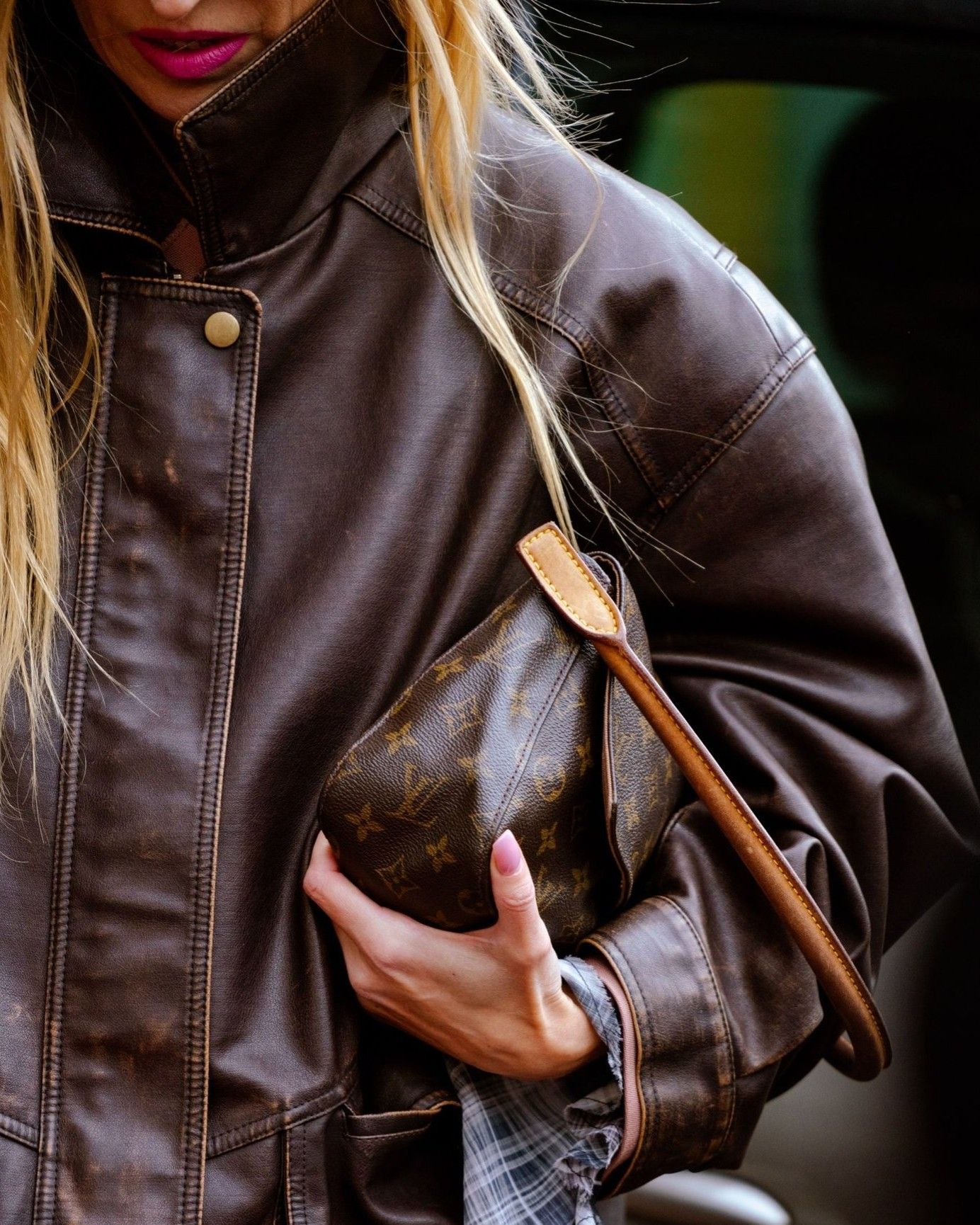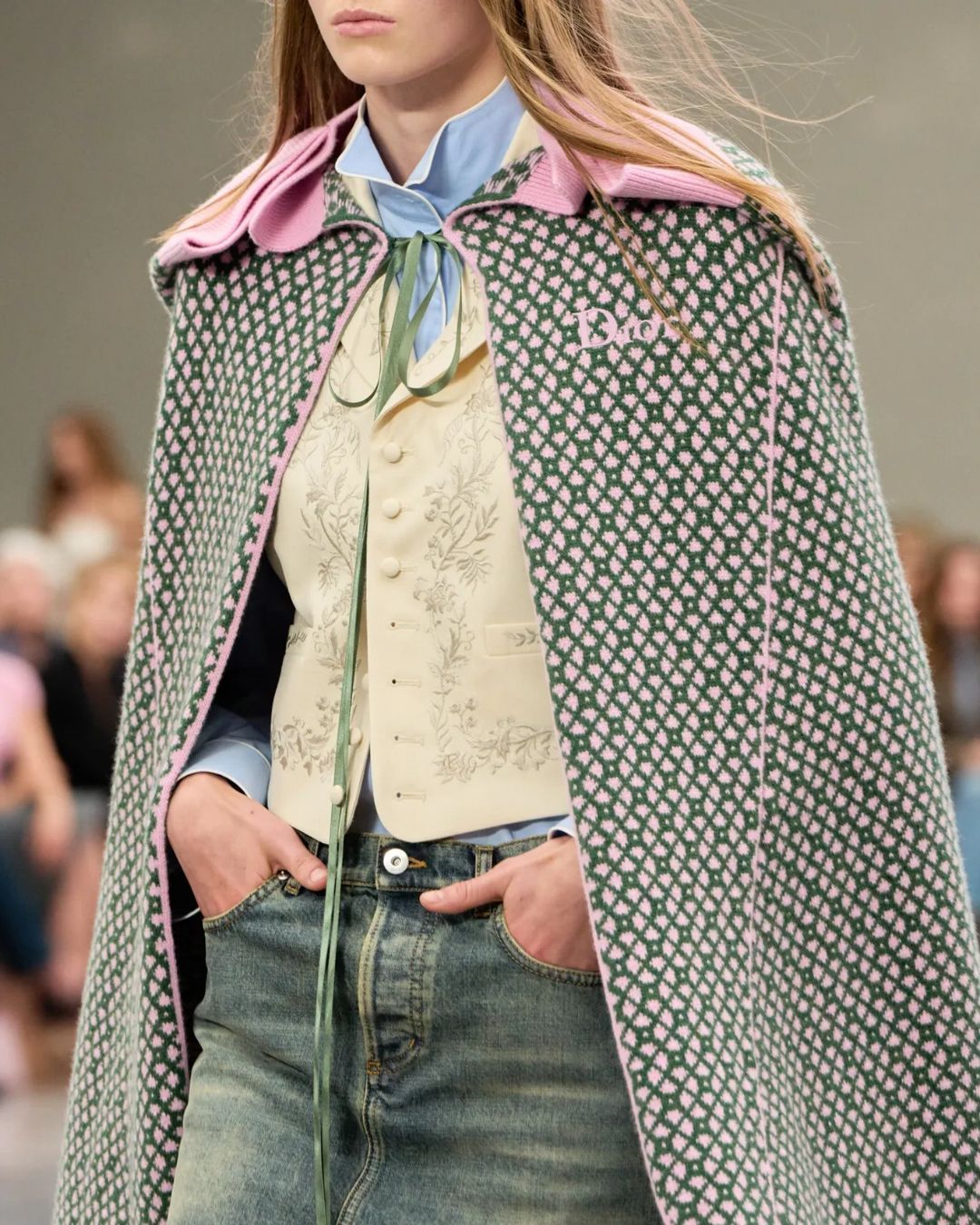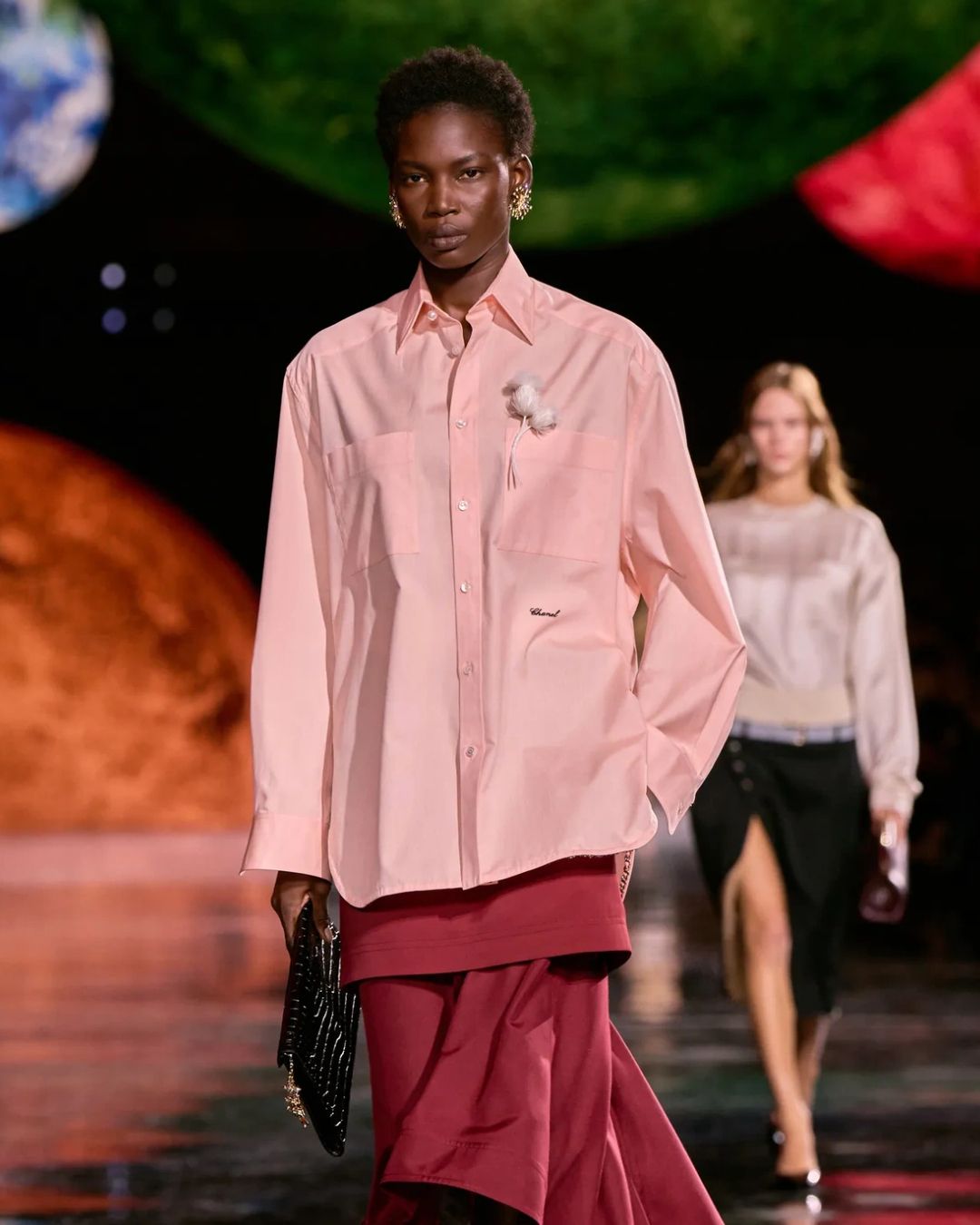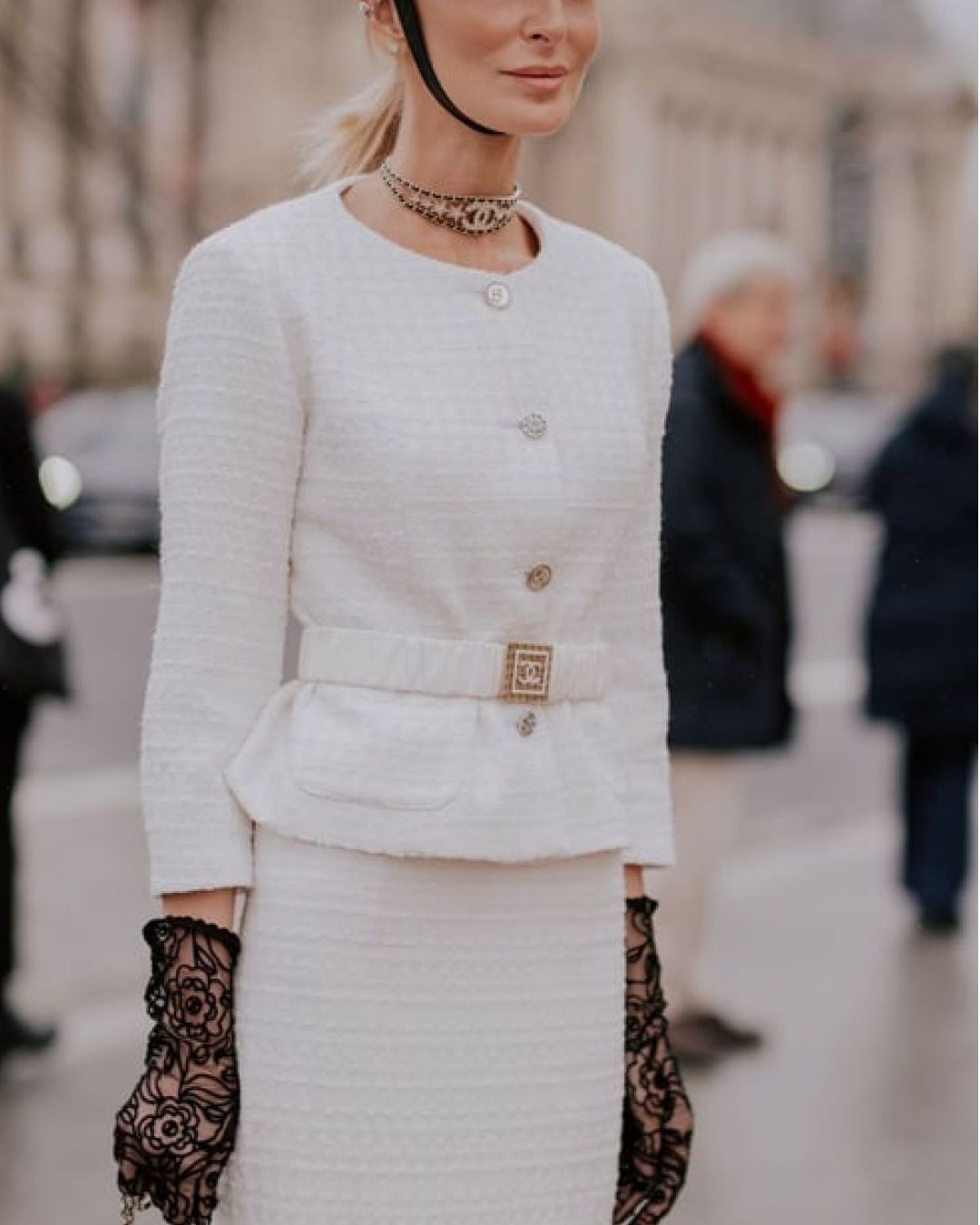
Chanel responds to textile waste with a new circular project The House of the Rue Cambon reuses yesterday's threads to weave tomorrow's fashion
Faced with an increasingly sluggish luxury sector, uncertain U.S. customs duties still in effect, plummeting sales and ever-growing textile waste, Chanel is launching a new project: Nevold (short for "never old"), a new pillar of circular economy focused on the recovery and recycling of fabric scraps, unused textiles, and unsold products. Implemented through the acquisition of waste management and recycling companies, this new investment by Rue Cambon already promises great things, but can we be sure it's not just greenwashing, which the fashion industry has now made us accustomed to? While we don’t know the amount of this new investment, it is expected to reassure Chanel about its main concern: the lack of resources, especially the scarcity of noble materials such as cashmere, silk, or quality leather, all threatened by climate change and various other crises.
Burberry burned $36,500,000 of clothes in one year.
— Hosun (@hosun_chung) November 11, 2024
Not because they couldn't sell them.
Because they didn't want YOU to have them.
The disturbing truth about luxury's dirtiest secret pic.twitter.com/jdvgFiRQPE
But although the luxury industry ranks high in terms of textile waste—just behind unbeatable fast fashion—Chanel’s new project won’t stop at haute couture, but will also extend to the sports and hospitality sectors. The Rue Cambon House is not the only luxury player tackling the issue of waste and actively seeking solutions: last year, LVMH spent no less than 200,000 euros to support the development of closed-loop recycling systems that can turn old materials and unused stock into new fabrics and yarns for the houses in its portfolio. This year, the luxury giant even plans to increase its investment to 300,000 euros. Its competitor, the Kering group, has invested in French recycling company Revalorem, as well as in Vestiaire Collective.
LVMH announces an ambitious water efficiency plan to reduce the Group’s overall water footprint by 30%.
— LVMH (@LVMH) July 10, 2023
Learn More: https://t.co/yOO5BQn7BT#LVMH pic.twitter.com/O9ytdSnAmg
Even Europe is getting involved by implementing increasingly strict and structured legislation on textile waste. “This is becoming more and more important and strategic for us,” said Bruno Pavlovsky, president of Chanel’s fashion division. “If we want to continue to exist and do what we do, we need to anticipate and see how we can rethink this idea of materials and raw resources,” he added. While critics argue that the fashion and luxury industry's sudden interest in recycling will do little to reduce its negative environmental impact—with some companies creating even more waste just to improve their image—Chanel’s new investment is like a spot of light at the end of the dark tunnel through which luxury is currently passing. Let’s hope it’s not greenwashing and that the efforts undertaken by the House will yield tangible, concrete results. “We still need to invest money, it’s a new activity. It’s not a big business yet, but I think we’ll hear more and more about it.” Pavlovsky concluded.


